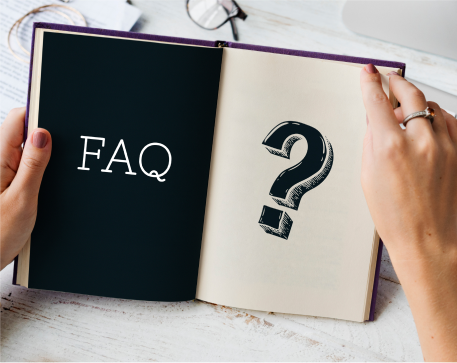Ready to learn?
Take the first step toward achieving your educational goals. Whether you’re preparing for exams or expanding your knowledge, getting started is just a click away. Join us today and unlock your full potential
832, utkarsh bhawan, near mandap restaurant, 9th chopasani road, jodhpur rajasthan - 342003
support@utkarsh.com
+91-9116691119
Support
Learning Resources
Rajasthan Govt Exams
Central Govt Exams
Civil Services Exams
Nursing Exams
School Tuitions
Other State Govt Exams
Agriculture Exams
College Entrance Exams
Miscellaneous Exams

© 2025 Utkarsh Classes & Edutech Pvt. Ltd. All Rights Reserved
Home
National Current Affairs
Committee and Commission
A Special Session: Parliamentary Journey of 75 years

Utkarsh Classes
Updated: 14 Sep 2023
6 Min Read

Discussion on Parliamentary Journey of 75 years," will be held on the first day of the special session of Parliament, convened from 18 to 22 September.
On the first day a discussion on the Parliamentary Journey of 75 years starting from Samvidhan Sabha - Achievements, Experiences, Memories, and Learnings will be held in Lok Sabha.
Special Session of Parliament
Though the special session term is not used in the Constitution anywhere, it is commonly linked with sessions called by the administration to commemorate significant legislative or national events.
Typically, a few days before the commencement of a Parliamentary session, the government holds an all-party meeting to propose the agenda and reach an agreement on potential debate themes.
The Constitution gives the government the power to convene a session of Parliament.
The decision to call a session is taken by the Cabinet Committee on Parliamentary Affairs and the Members of Parliament (MPs) are summoned in the name of the President.
NOTE: It is important to note that the Indian Constitution does not mention the term “special session” of Parliament.
A special session by the government will be summoned as per provisions of Article 85(1), under which all sessions are held.
According to the Constitution, there shouldn’t be a gap of more than six months between two Parliamentary sessions.
Joint Sitting of Rajya Sabha and Lok Sabha
Under Article 108 the joint sitting of the Parliament is called by the President.
Joint sitting is extraordinary machinery provided by the Constitution to resolve a deadlock between the two Houses over the passage of a bill.
Reasons for Joint Sitting
Joint Sitting can be called for only ordinary bills or financial bills and not to money bills or Constitutional amendment bills.
In the case of a money bill, the Lok Sabha has overriding powers, while a Constitutional amendment bill must be passed by each House separately.
President of Joint Sitting: The Speaker of Lok Sabha presides over a joint sitting of the two Houses and the Deputy Speaker, in his absence.
Quorum: The quorum to constitute a joint sitting is one-tenth of the total number of members of the two Houses.
Since 1950, The bills that have been passed at joint sittings are:
Adoption of Constitution by Constituent Assembly
The Constituent Assembly met for the first time in New Delhi on 9 December, 1946 in the Constitution Hall which is now known as the Central Hall of Parliament House.
Pandit Jawaharlal Nehru, Maulana Abul Kalam Azad, Sardar Vallabhbhai Patel, Acharya J.B. Kripalani, Dr. Rajendra Prasad, Smt. Sarojini Naidu, Shri Hare-Krushna Mahatab, Pandit Govind Ballabh Pant, Dr. B.R. Ambedkar, Shri Sarat Chandra Bose, Shri C. Rajagopalachari and Shri M. Asaf Ali. Two hundred and seven representatives, including nine women, were present.
The inaugural session began at 11 a.m. with the introduction of Dr. Sachchidananda Sinha, the temporary Chairman of the Assembly.
The Constituent Assembly took almost three years (two years, eleven months and eighteen days to be precise) to complete its historic task of drafting the Constitution for Independent India.
As to its composition, members were chosen by indirect election by the members of the Provincial Legislative Assemblies, according to the scheme recommended by the Cabinet Mission.
On 13 December, 1946, Pandit Jawaharlal Nehru moved the Objectives Resolution which later became Preamble.
This Resolution was unanimously adopted by the Constituent Assembly on 22 January 1947.
On 29 August, 1947, the Constituent Assembly set up a Drafting Committee under the Chairmanship of Dr. B.R. Ambedkar to prepare a Draft Constitution for India.
Adoption of the Constitution:
Top Posts
Frequently asked questions

Still have questions?
Can't find the answer you're looking for? Please contact our friendly team.
Visit an Offline Centre Near to You.

1-Liner PDFs FREE !
Kumar Gaurav Sir ki Class PDF aur Daily One-Liner CA – Bilkul Free! Rozana preparation ko banaye aur bhi Damdaar!